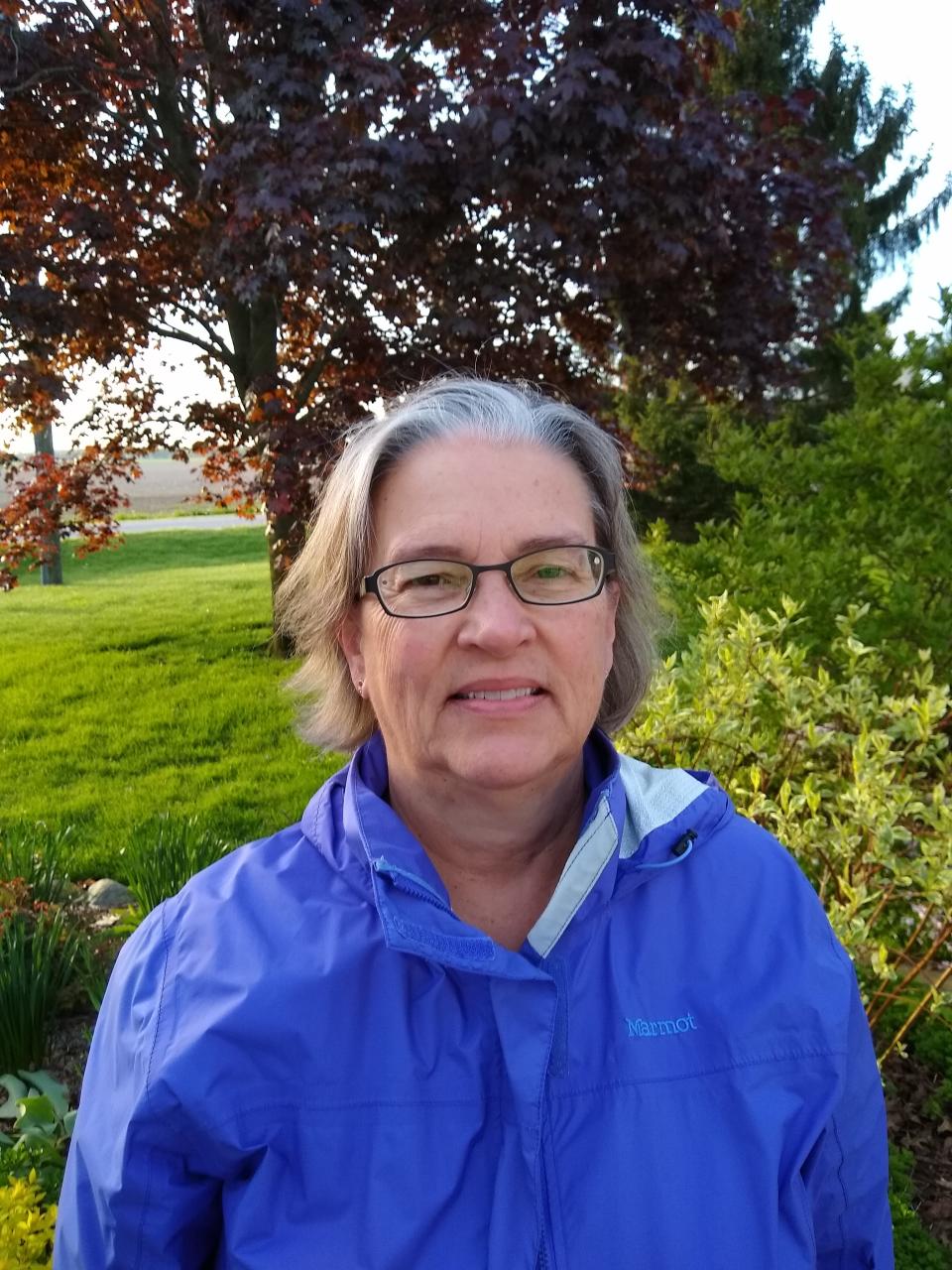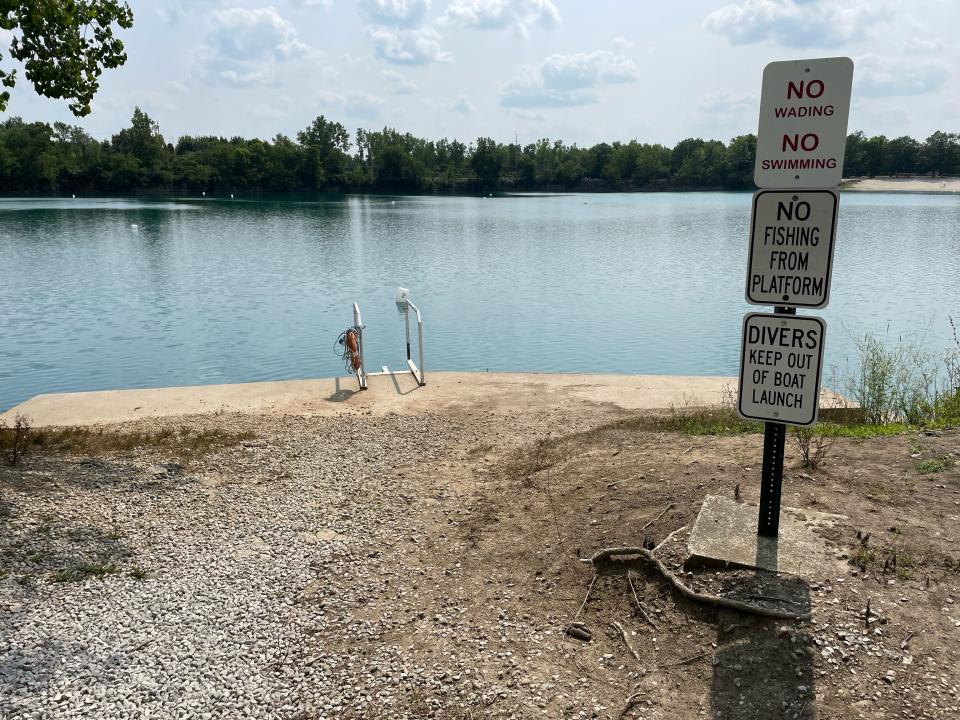Top stories of 2023: Gardeners get tips on seed viability; scuba diver dies at quarry
Editor's Note: This is the first in a series of stories counting down the Top 10 local stories of 2023.
Nationally, the year was one filled with continuations: interest rates were raised to combat inflation, federally funded construction projects continued, COVID-19 was still in the background and the virus continued to evolve, as RSV and flu came back. Gas prices have recently been easing, but stubbornly remained higher than before the pandemic.
States, including Ohio, have been passing laws concerning abortion and marijuana. In Ohio, they were both legalized with constitutional amendments.
The Russian occupation and war in Ukraine continues, meanwhile, a new war started in Israel.
This last week of the year we are taking a look back at the local stories from 2023, starting with the No. 10 and No. 9 stories and counting down to the top stories to be published each day through Saturday. The list was compiled using a combination of online readership metrics and votes by staff members.
No. 10: Master Gardener: Easy tests for seed viability
One of the most popular stories published in the News-Messenger and News Herald in 2023 had to do with seed viability, helping area gardeners pursue their hobby.
Carolyn Johnson, a Master Gardener, gave readers some tips on how to tell if a seed will sprout, or if it would be a waste of time trying to plant it.

Seeds are an expense and some have special meaning or memories attached to them because they came from special friends and/or loved ones. So how can you know what to do with them?
Johnson offered a few simple tests to tell if seeds will grow.
One method is the water test. Take the seeds and place them in a container of water. Let the seeds sit for 15 minutes. If the seeds sink, they are still viable; if they float, discard, because they probably will not sprout.
Another, more dependable method, is the germination test.
Take at least 10 seeds and place them in a row on top of a slightly damp paper towel. Fold the towel over the seeds and place the towel in a clear plastic bag. Seal the bag and place it in a warm (above 70 degrees) location. Although light is not a major factor for most seeds, a warm windowsill works well or the top of the refrigerator is a good location.
Next, use a permanent marker to record date and type of seed on the outside of the bag.
Check the seeds in seven to 10 days. If you are like Johnson, you will be checking them every day, probably more than once a day ... just because.
Once the seeds have started to germinate remove the paper towel-wrapped seeds from the bag and count the number that have sprouted. If only half sprouted it is most likely only half will germinate.
But there's no need to hit the panic button. The solution is to just spread the seeds thicker than normal in your container or garden.
But if less than 70% germinate, it might be better to just buy new seeds.
No. 9: Michigan man dies while scuba diving at White Star Quarry in Gibsonburg

White Star Quarry in Gibsonburg is considered one of the top inland scuba diving spots in Northern Ohio, but it was struck by tragedy on Aug. 1 when a 63-year-old veteran diver died during what had started out as a normal dive.
Louis David Weinstein, of Wyandotte, Michigan, was unresponsive when pulled from the water, and despite lifesaving efforts by lifeguards and EMS on the beach and in an ambulance, he was pronounced dead at the scene, according to the Sandusky County Sheriff's Office.

Robert Gnam of Wyandotte, Michigan, had accompanied Weinstein when they entered the water from a concrete scuba diving platform around 3:45 p.m., according to a sheriff's office report. Barbara Ann Friedman of Trenton, Michigan, Weinstein's girlfriend, waited on the shore, the report said.
Gnam told deputies that it had been a normal dive at a maximum depth of 44 feet and that he and Weinstein stayed together during the entire dive before surfacing after about 30 to 35 minutes. "At no time were either diver in any type of distress," the report states.
Weinstein then began to cough and stated he was having trouble breathing. As the pair began to swim to the beach, Weinstein said his legs were "very heavy" and he was having trouble swimming. Gnam advised Weinstein to relax and he would pull him to shore.
As Gnam began pulling Weinstein by his Buoyancy Control Device, Weinstein passed out then rolled face down in the water. Gnam immediately rolled Weinstein to his back again and fully inflated his floatation vest.
As Gnam got closer to the buoys marking the swimming area, he began yelling for help and lifeguards from the swimming area swam out to assist.
Gnam and Friedman told deputies that neither was aware of any previous medical issues with Weinstein. Gnam said he and Weinstein had been diving together for at least five or six years and that they each had about 10 years of scuba diving experience.
It was the second scuba diving emergency at White Star Quarry in three days.
On July 29, a woman reported seeing a diver unconscious about 8 feet under the surface of the water, dove in and pulled him to the surface and yelled for someone to call 911.
The man was swollen and blue in color, according to a report by the Sandusky County Sheriff's Office.
Several subjects came to the man's aid and performed CPR. The diver was later flown by medical helicopter to Toledo Hospital, where he was listed in critical condition, according to the sheriff's office report.
Tomorrow: The Year's Top 10 countdown continues with the No. 8 and 7 stories of 2023.
This article originally appeared on Fremont News-Messenger: Top stories of 2023: Tips for gardeners; tragedy at White Star Quarry

